The rain last weekend cleared out long enough for us to install the shade panel we’d constructed.
The fence you see faces north by northwest. Anything growing in the bed is in total shade for several months. About this time of year, though, the sun swings north, and things start to get sun exposure in the later parts of the day. We removed the termite-munched patio cover that shaded the delicate plants last fall–it had to go–but suddenly time was of the essence in restoring shade.
This is where a few shade denizens live in the bed…
…along with John’s collection of orchid cactus, Epiphyllum, that he’s amassed over the years. We also have a small assortment of hanging tillandsias and some tropicals, including a few surviving orchids from my rabid orchid-growing days two decades ago.
This weekend has turned rainy again, filling many of the holes in the shade screen with water. It’s slowed down moving the plants to their new home, but I won’t complain about the water we’re getting.
We’re already two inches ahead of the entire rainfall for last season (July 1, 2008 to June 30, 2009). And last month’s rain accumulation alone, 5.4 inches, came close to the 5.5 total for all of 2009. Still we have a couple inches to go before we can even claim an average rainfall year.
This season’s rain is filling up vernal pools after several years of disappointments. Friday I stopped by some pools with a biologist to scope out a potential field trip for the local native plant society. Vernal pools are among the most threatened habitats locally. The occur on our mesa tops, areas that prove irresistible to developers because they’re flat and require less soil preparation than canyon bottoms or slopes.
Young plants were everywhere, including those of San Diego mesa mint (Pogogyne abramsii), a plant on several endangered species lists. If the rains keep up, it looks like it’s going to be a great year for them.


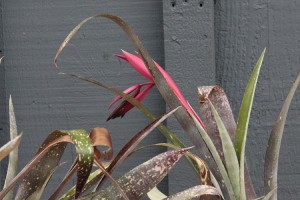
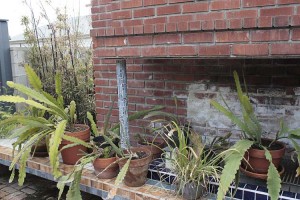

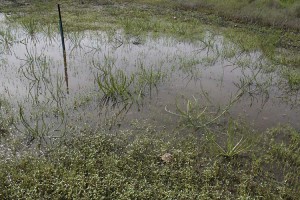




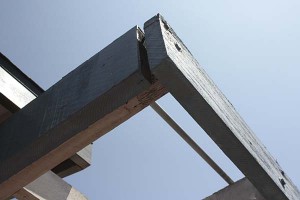
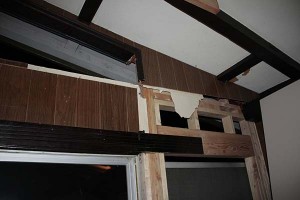
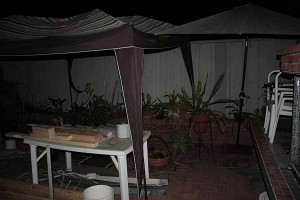


 The Kyocera trees seem to be slanted more to corporate environments, and besides I find them more than a little monolithic and overwhelming. Would you want these in your garden? But something along these lines could be practical, good for the environment and attractive. Sounds like a job for an artist or designer instead of an engineer…
The Kyocera trees seem to be slanted more to corporate environments, and besides I find them more than a little monolithic and overwhelming. Would you want these in your garden? But something along these lines could be practical, good for the environment and attractive. Sounds like a job for an artist or designer instead of an engineer…